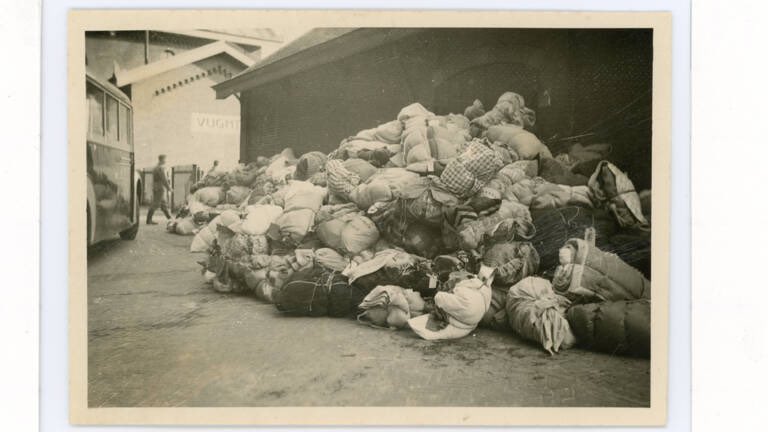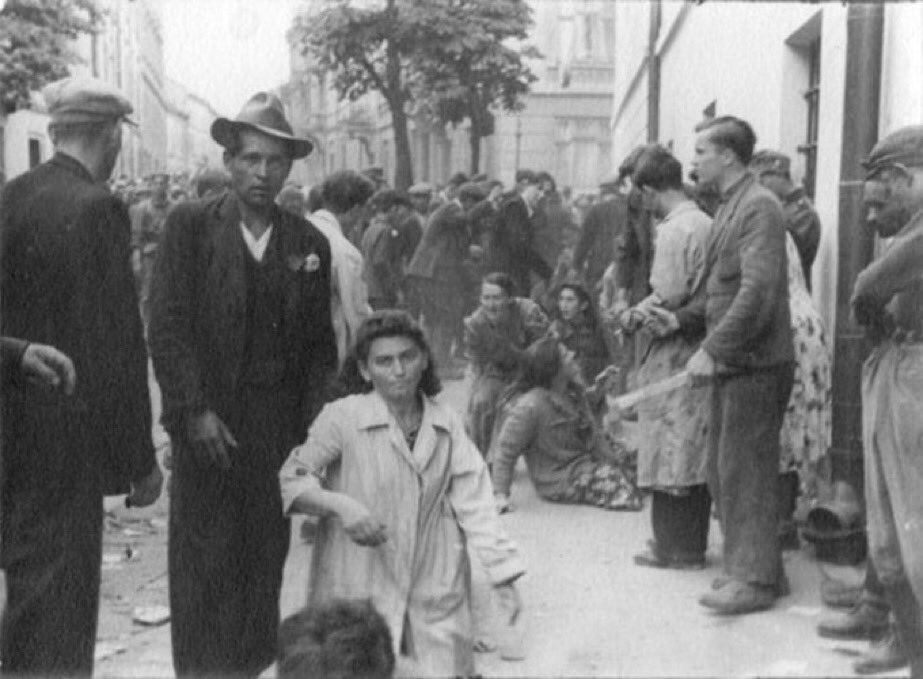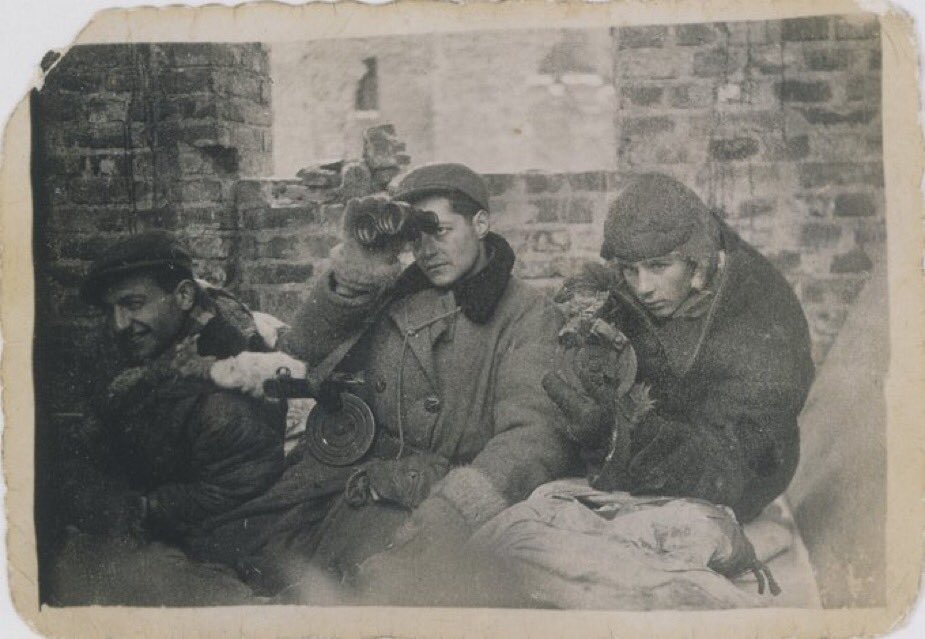VUGHT, the SS concentration camp in The Netherlands
1/n
During World War II, Camp Vught was the only SS concentration camp outside of Nazi Germany and the territory annexed by Nazi Germany. Unlike other 'foreign' camps, Vught was set up on the model of camps in Nazi Germany ⬇️
1/n
During World War II, Camp Vught was the only SS concentration camp outside of Nazi Germany and the territory annexed by Nazi Germany. Unlike other 'foreign' camps, Vught was set up on the model of camps in Nazi Germany ⬇️

1/n After the opening on January 13, 1943, the first emaciated prisoners from Kamp Amersfoort arrived in Vught. At that time, Vught was still under construction. The Nazis also called the camp itself Konzentrationslager Herzogenbusch. During World War II, the camp served as a 



2/n transit camp for 12,000 Jews and also as a camp where political prisoners, black marketers, gypsies, resistance fighters, hostages, homosexuals, and Jehovah's Witnesses were held.
Relatively speaking, the regime in Vught was mild, at least compared to the concentration camps
Relatively speaking, the regime in Vught was mild, at least compared to the concentration camps

3/n and Nazi death camps on Polish territory. But this did not mean that there were no atrocities in the camp. At least 751 people died in Camp Vught. Of these, 329 were executed at the shooting site just outside the camp. Others died of disease, hunger and exhaustion. 





4/n In May 1943, a camp segment separated by barbed wire was established, especially for women. In this women's camp were female resistance members, also Jewish women and the spouses and children of hostages.
As in other camps, atrocities also occurred in Camp Vught.

As in other camps, atrocities also occurred in Camp Vught.


5/n The best known is the bunker drama of January 15, 1944. In this, 74 women were locked up in a cell of 9 square meters for 14 hours, in which ten people were killed.
The various children's transports that departed from Vught to the extermination camps were also horrifying.
The various children's transports that departed from Vught to the extermination camps were also horrifying.
6/n In June 1943, for example, more than 1,250 children (aged 0 to 16), with one or both parents, left Vught via Camp Westerbork to the Polish extermination camp Sobibor.
7/7 In less than a year and a half, more than 32,000 people pass through the gate of 'Konzentrationslager Herzogenbusch'. On September 5 and 6, 1944, all remaining political prisoners are deported to camps in Germany. The English liberators find an empty camp on October 27. 

• • •
Missing some Tweet in this thread? You can try to
force a refresh





















